Framework 16 review: Triumph in the making
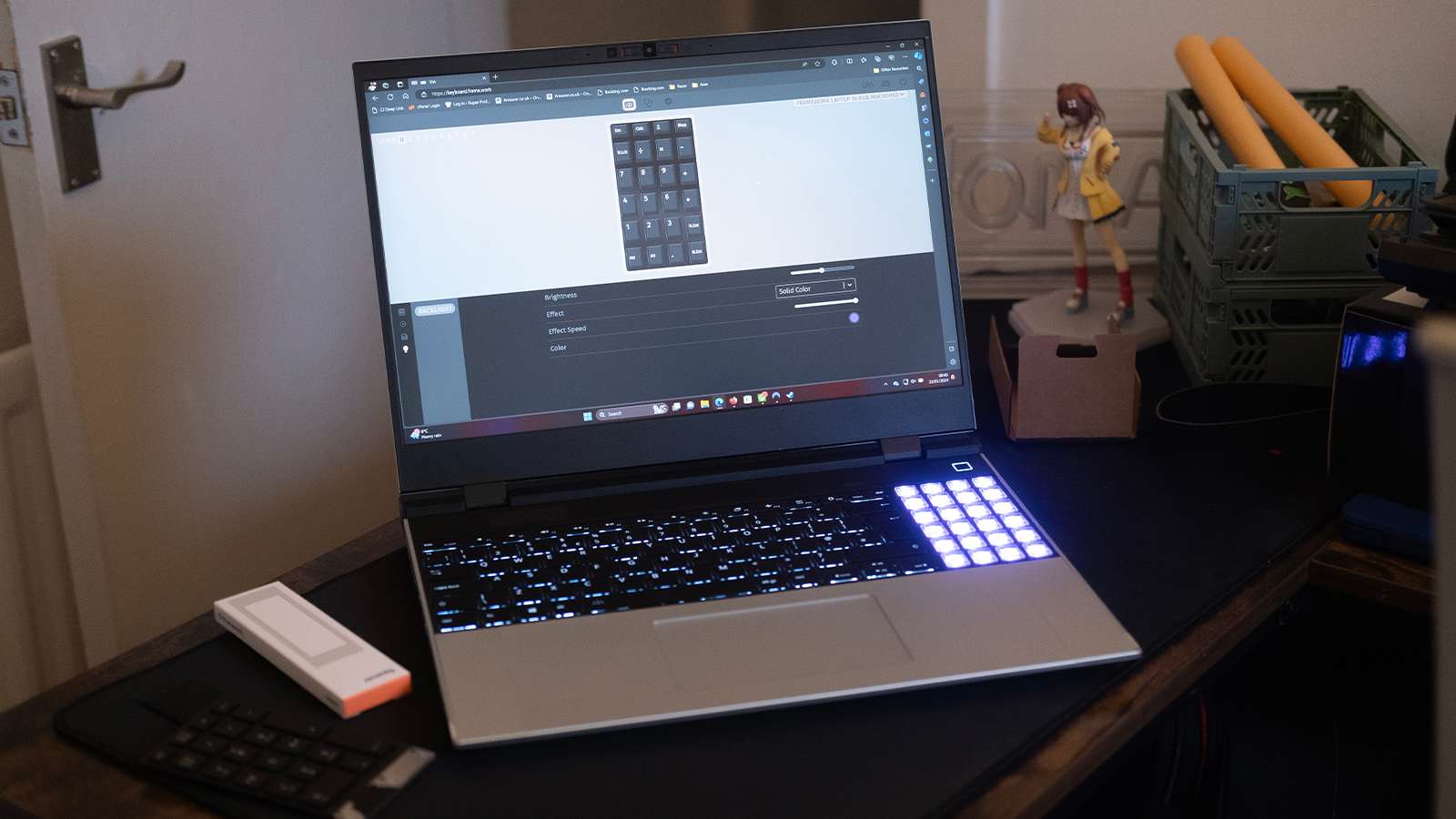
Framework’s new 16-inch laptop promises to bring modular, repairable devices to a market where it’s never succeeded. Framework is here to prove us wrong.
Framework is touching a taboo here. Modular laptops are a concept that’s been continuously attempted, only to be unsupported way too soon. But, Framework is different. The Framework 13 has gone through three generations of Intel chips and even supports AMD’s 7040U on a replaceable, different mainboard.
For those unfamiliar, Framework has been offering continuous upgrades for its Framework 13, with a marketplace where you can pick up additional extras. Linus Sebastian, co-owner of Linus Media Group has also invested in Framework’s business.
The marketplace is still clearly in the early stages, but appears to be ramping up as fast as it possibly can considering the last few years of electronics shortages. Framework is fairly open and honest with its consumers and has proven this as recently as just a few weeks before writing this.
The Framework 16 is the next logical step in the Framework experiment. The new Framework 16, the second product from the company not only offers a bigger chassis, but much more. But crucially, it never loses its user-replaceable and customizable functions. After weeks of testing, it seems like they’re onto a home run.
Key specs
- Processor: Ryzen 7 7840HS/7940HS
- GPU: AMD 780M/RX 7700S (via module)
- Storage: Configurable up to 4TB
- RAM: Configurable up to 64GB (reviewed with 32GB)
- Connectivity: Modules with I/O, Wi-Fi 6E, Bluetooth 5.2
- Weight: 2.1KG
- Panel:
- 2560×1600
- 165Hz
- VRR + Freesync
- 500 nits
- 100% DCI-P3
- 1500:1 Contrast
Design
Framework has kept the same aesthetic from the original Framework 13. It sports a boxy-grey exterior that’s designed around its modularity. It’s not especially exciting, but the 16 is designed first and foremost around its modules and repairability.
Every bit of the Framework can be replaced, removed, or taken apart and is labeled clearly. The new modules come with small fabric tabs that let you pull them up, and are immediately flattened out of the way once put back in place. It honestly makes the rest of the tech industry, and its penchant for unrepairable tech look a bit embarrassing.

The whole thing feels like a sturdy brick, and carrying it around reveals that it’s a quite heavy piece of kit. Its 16-inch size did mean I had to upgrade to a bigger bag to carry it around, but it makes perfect use of its larger space – if you want to.
Thankfully, because of the interchangeability of the device’s top modules, Framework has ensured that the clips keeping everything locked in place are especially tight. Not once did I ever notice something coming loose, and no delicate connections were knocked out of place. The two latches on the side to unlock the top portion open up with just a bit of force, but are nearly impossible to accidentally open in my tests.
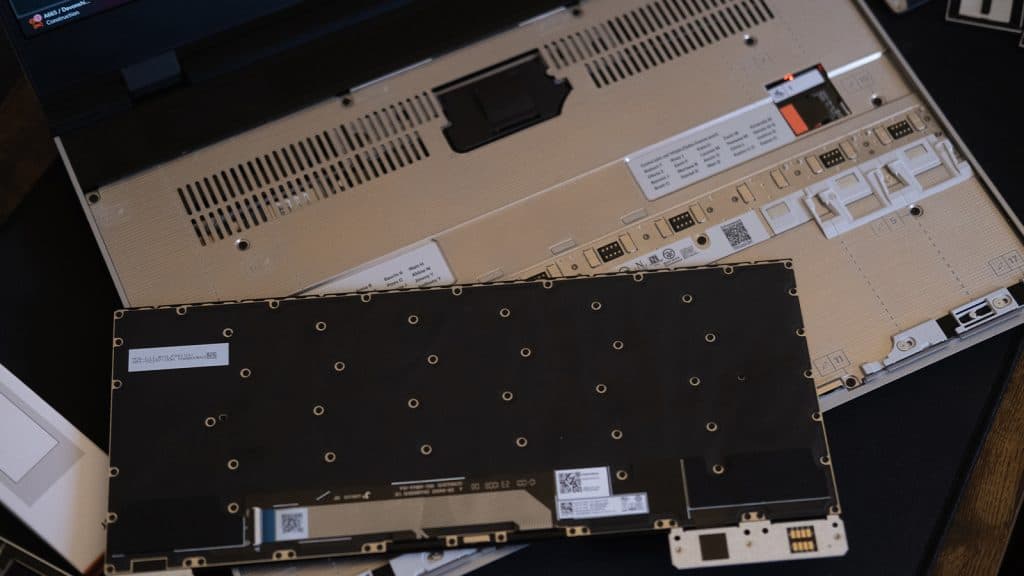
It’s also great at communicating when something is turned off, or unlocked, with a red piece of plastic indicating that you may have missed something.
Features
An increase in modularity is the name of the game here. Framework has built the 16 to use its massive new chassis to either its full potential, or not at all. The choice is entirely on you. I was sent black spacers, along with Matrix LED boards. Or I could use the optional RGB Macro Pad or Numpad to increase productivity.
I ended up using the macropad in my testing, especially given Palworld’s incessant use of holding F down to do anything in the game at all. It’s handy to have this modularity at your fingertips, and everything is easily replaceable if you want to switch things up.
Matrix LED & Macro Pad

While the Matrix LED and macro pad are cool – they run on a Raspberry Pi 2040 chip – I think this is where less tech-literate people may end up confused. Framework has done its best and keeps improving its documentation surrounding these extra modules, but the fact remains that setting everything up can be messy.
Remapping the keyboard, numpad, or macro pad is haphazardly done in a Chrome-based user interface. Retooling the keys is relatively simple, but the software feels early.
It’s clear that this is a work in progress, and it should get better along with the rest of the Framework 16 documentation. It just feels odd to see a finished product have one of its core selling points not be finished at release.
Using the software, mapping the keys requires one too many steps to confirm changes. Even after I got the rhythm down, it never felt like I could confirm they worked until I took it for a spin.
The Matrix LED could potentially sport some cool features. Ideas like battery monitoring or small alerts when unplugging or replugging something back in could be super handy. However, again, this has to be done through a rather basic user interface, and it doesn’t even unlock the full capabilities advertised.
Modules and lowering the barrier to entry
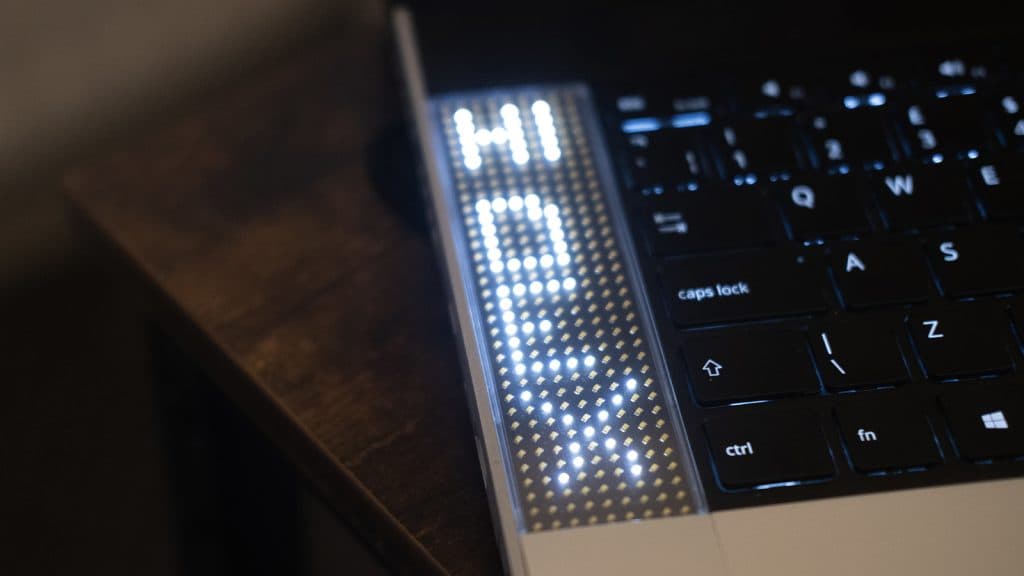
To unlock the full potential of the matrix module, in particular, it’d require some work in software like Python. This can be incredibly daunting to a regular consumer, who might not know the ins and outs of tech and programming. It limits the appeal of the device somewhat.
There’s also a certain amount of control you know you’re losing by doing it the ‘easy way’. I’d love it if the keys I have mapped to the macro pad lit up so I knew where they were in the dark. I don’t to light the whole thing, just one or two keys. I also don’t want to have to figure out how to do this. Customization at this level should be easily accessible if Framework wants mainstream success.
I/O Modules

Framework might also be moving into dangerous territory, too. Instead of a built-in 3.5mm jack, as seen with the Framework 13, it’s a module on the Framework 16.
While modularity is nice, removing features to sell them back to you is a bad look. This said, being able to increase the Framework 16’s number of HDMI ports available to three or six is incredibly exciting. It never stops feeling great to pop out other modules in, or swap them over to another side of the chassis. It feels like cheating.
Possibilities for Framework
A plan that I do have for the future is to buy one of the 1TB storage modules and use it for Linux as a dual boot machine. You just don’t get this kind of flexibility and customization with other hardware. Even if some parts of it feel like it’s still a work in progress, the fact that it’s all there and proven to work on a smaller scale provides some much-needed comfort in a world of strict hardware and walled gardens.
Display
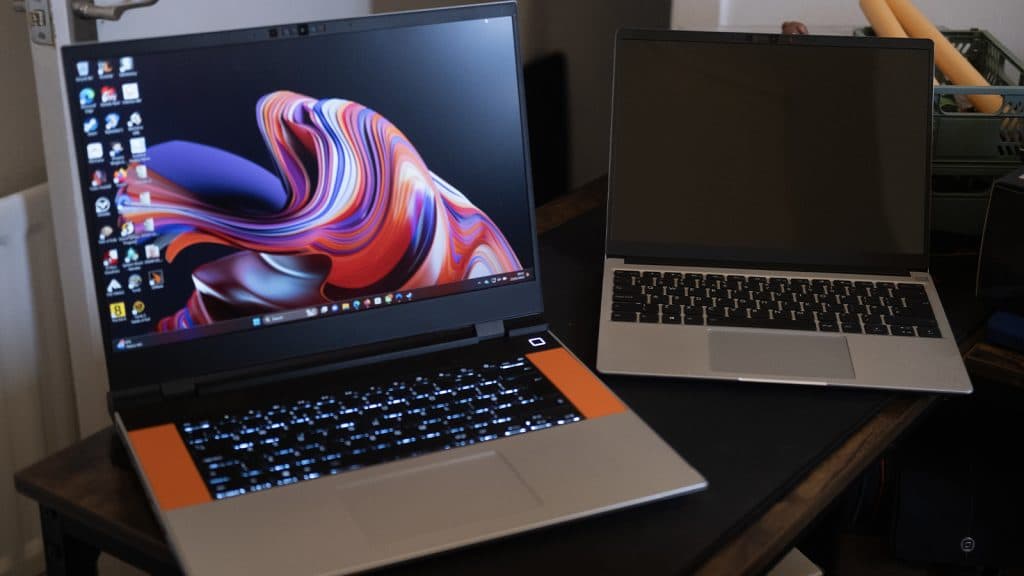 Dexerto
DexertoThe display chosen isn’t exactly the best option in the world. It does however have a great anti-glare matte finish, as well as a modest 165Hz refresh rate. This makes using the Framework exceptionally smooth, and it even comes with VRR to mask any underlying issues with performance in gaming workloads.
Games looked just fine on the screen, but, after being exposed to OLED and higher-end IPS screens over the years, I couldn’t help but yearn for more. However, for almost any productivity task – outside of color grading – I’d be happy enough to use it.
I do miss the 3:2 aspect ratio, but as pointed out to me, a 16-inch screen at that ratio might be awkwardly tall.
Expansion bay & GPU
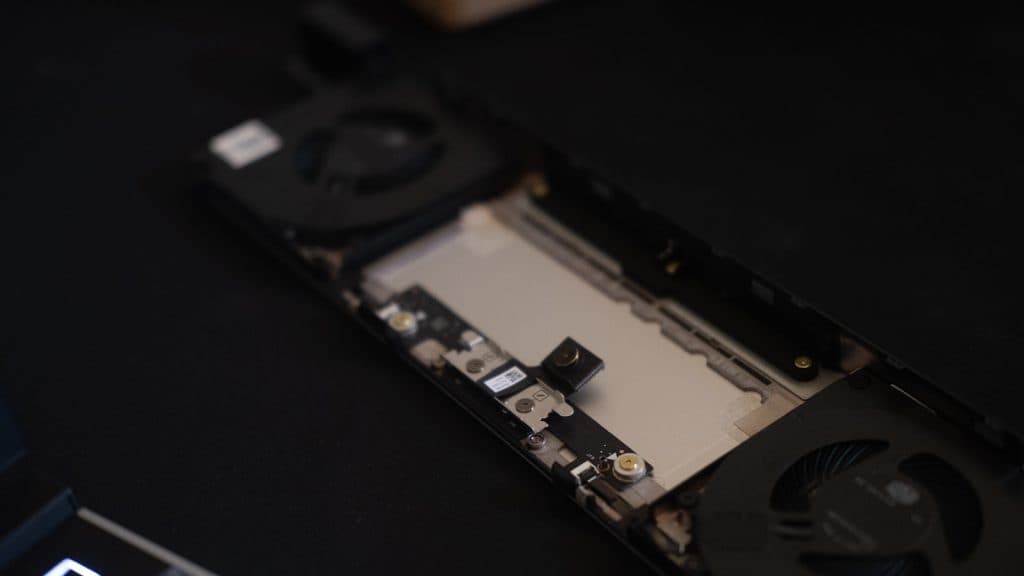
The most intriguing aspect of the Framework 16 is the upgradable laptop graphics card. A monster as big as Dell flopped hard in this area just a few years ago. What hope does a manufacturer like Framework have?
The Framework 16 launches with two options for the chips used. You can either get a Ryzen 9 7940HS, or Ryzen 7840HS. Both can be equipped with an AMD RX 7700S GPU via a graphics module on the chassis. If you opt to use it without a GPU, you’ll have to use the expansion bay shell, which includes some extra cooling.
Make a choice – GPU or more stuff?
These aren’t exactly “easy” to remove. You won’t be taking out the expansion bay for the GPU in a hurry. It’s a conscious decision that requires a full power down and taking apart the Framework.
Both come with exceptionally loud fans that were mostly fixed in a BIOS update during the review process. An issue was causing them to spin up even during low-end program usage. They whirred up all the way when I was playing games. While it’s somewhat better now, you might want still to reach for some headphones.
The neat thing about the Framework 16 is that they’re not coming out swinging all the way. The RX 7700S isn’t any slouch, but it’s also hardly the most power-hungry GPU out there. But, it’ll be fine for most tasks and gaming workloads.
It also sets the expectations for those coming in wanting a full-out gaming machine. This isn’t that. The Framework is supposed to be a productivity machine first, everything else comes later.
Benchmarks
Synthetic – 3D Mark
| Benchmark | 7940HS/780M | 7940HS/7700S |
|---|---|---|
| Time Spy Extreme | 1531 | 4852 |
| Time Spy | 3228 | 10228 |
| Speed Way | 477 | 1871 |
Gaming benchmarks
| Forza Motorsport | FPS | FSR |
|---|---|---|
| 1600p, Target Medium | 78 | No |
| 1600p, Target High | 70 | Quality |
| 1080p, Target High | 83 | No |
| The Finals | FPS | FSR |
|---|---|---|
| 1600p, High | 100 | Quality |
| 1080p, Epic | 65 | No |
| 1080p, High | 93 | No |
| Palworld | FPS | FSR |
|---|---|---|
| 1600p, Epic | 55 | N/A |
| 1080p, High | 85 | N/A |
Gaming performance
As the Framework 16 has two avenues for gaming, integrated graphics, or the full-on dedicated GPU, That 7940HS is a little different from the 7040U being found in a myriad of handhelds at the moment, as it offers a much higher power output.
With more power behind it, it’s able to skirt through performance issues found on the weaker hardware through brute force.
7940HS and gaming
However, while playing some smaller, easier-to-run games like Path of Exile and Old School Runescape, I managed to maintain solid performance. That’s even with my weird camera settings in Old School Runescape, where I can zoom out to see most of the whole world without fog through the community program Runelite.
Of course, as I found on the Ayaneo 2S and Z1 Extreme adjacent systems, attempting to go above the intended range (Medium, 30-60FPS) for bigger games will make your framerates suffer. However, if you’re getting the Framework 16 without the GPU, I’m in the assumption you’re getting it for its laptop prowess, not for gaming.
It’s why I didn’t spend most of my time here, as spending a few weeks with the device, I found myself gravitating towards defaulting to the GPU experience despite the incessantly loud fans.
RX 7700S GPU
The RX 7700S isn’t a top-spec GPU that you’d come to expect at this price point, especially for the overall price of both laptop and module. However, for most modern games at 1080p or 1440p, I had zero trouble after a few adjustments or flipping on supersampling.
Warframe
Warframe, for example, had to be set to High settings to get smooth gameplay. However, once it was sorted, it never dipped below the 60FPS range.
Palworld
 Pocketpair
PocketpairIn the recent hit Palworld, the game was only hampered by its early access issues. I managed to run the game on ultra settings via the Game Pass version with the fans of Framework 16 being my only real complaint, otherwise, the GPU offers a solid 60FPS.
Should you buy it?
The main takeaway about the Framework 16 is that it’s not going to be a gaming desktop replacement. Well, not yet anyway. It’s an incredibly flexible device that will serve you well in all manner of ways, gaming is just a “nice to have” feature thanks to the RX7700S.
Verdict: 5/5
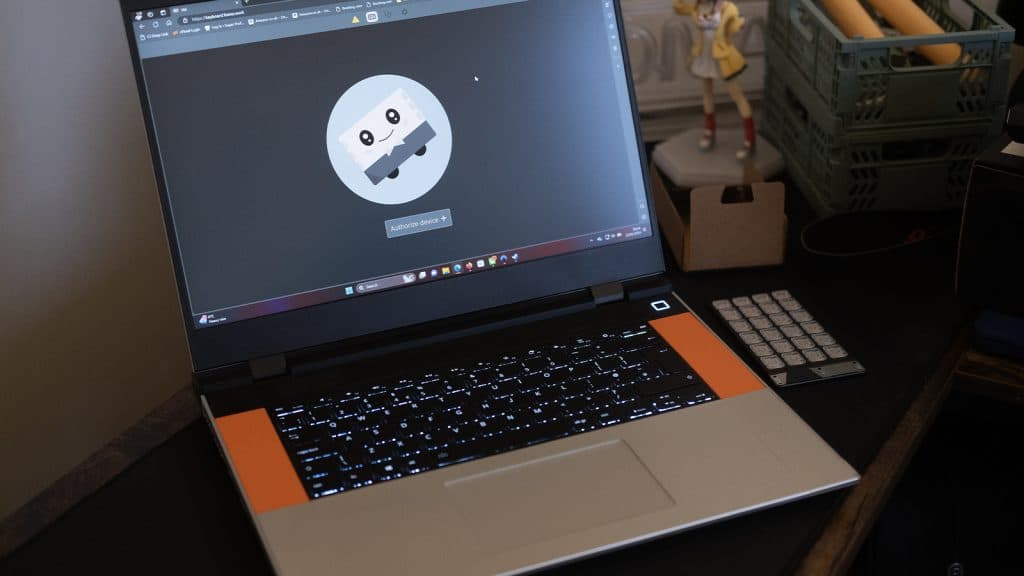
The Framework 16 laptop is not the most spectacular in terms of performance, nor is it the first option for gaming workloads. It’s more than that. Framework has built on top of something incredible and seems to be the only company that has managed to make modular laptops actually work.
This is down to its realistic expectations. The hardware is incredible in terms of what it offers for repairability and freedom, but the concept as a whole now a launchpad. Framework has constructed a laptop that is more than the sum of its parts, allowing me to overlook some of its quirks in software, or even those pesky noisy fans.
The Framework 16 is a bright glimmer of hope to the future, where laptops are repairable and you could even use them as your main PC, at some point. But, the concept still needs some time to mature. Despite this, it’s an incredible piece of hardware. I can’t wait to see what Framework does next.